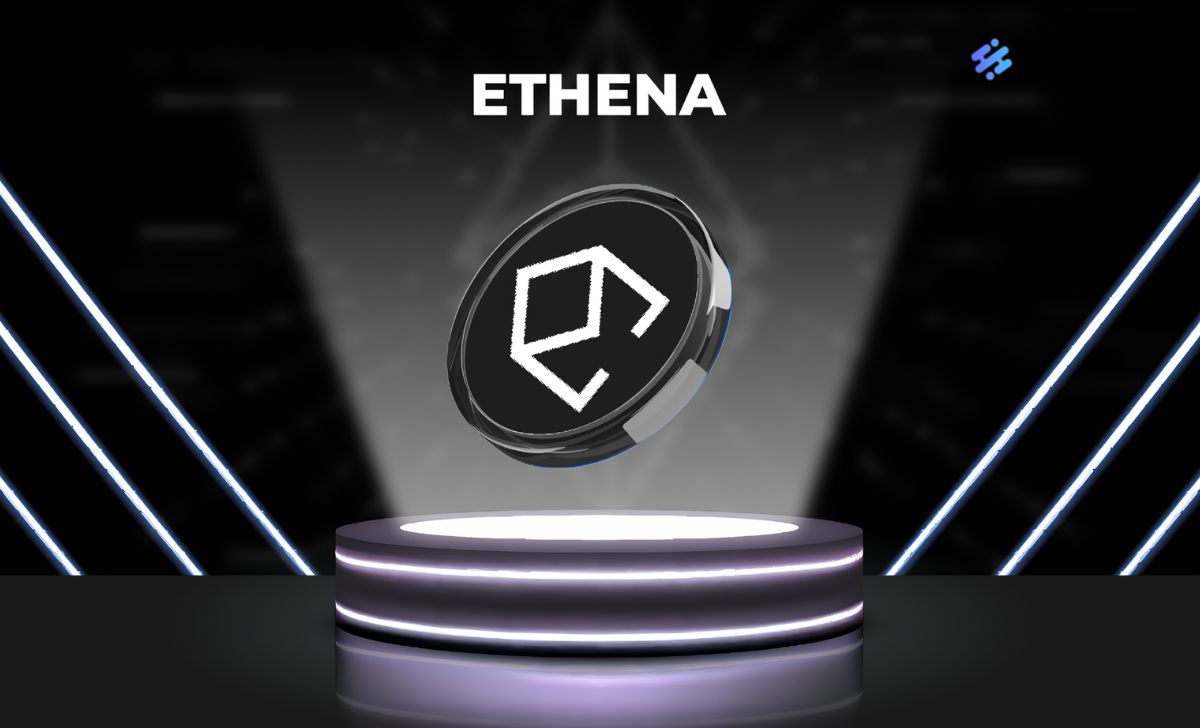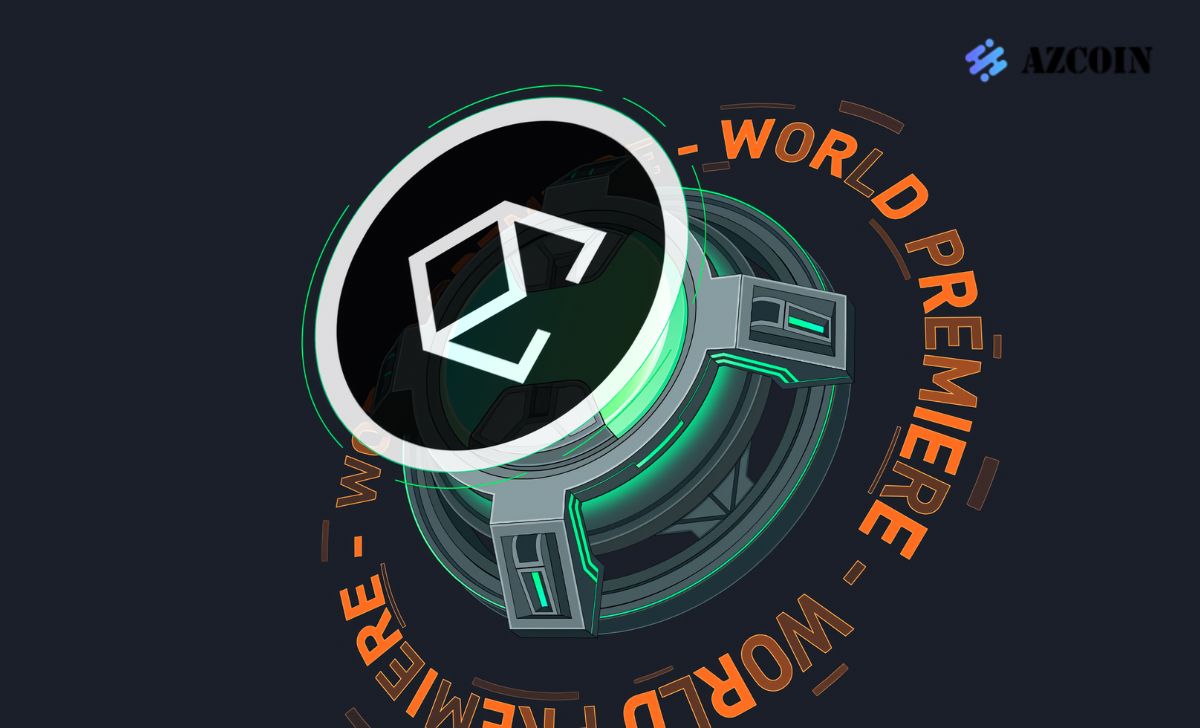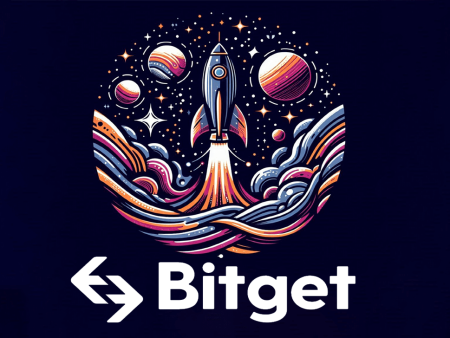Ethena (ENA) is the 50th Launchpool project announced by Binance, offering numerous potentials and new opportunities for investors. So, what exactly is Ethena (ENA), and what does the future hold for this project?
Let’s explore in detail the definition, history, and future of the Ethena (ENA) project through the content of the article below with AZCoin!
What is Ethena (ENA)?

Ethena (ENA) is a blockchain project focusing on providing a decentralized, transparent, and secure payment platform for financial transactions. The project is built on the Ethereum platform and utilizes the USDe stablecoin, pegged to the USD, to facilitate transactions. With the goal of creating a sustainable decentralized financial ecosystem, Ethena is attracting attention from the blockchain community and investors.
Ethena project team and investors
Project team
The Ethena development team comprises highly experienced experts in blockchain, finance, and technology. Key members of the project team include:
- Arthur Hayes: Founder and chief advisor, bringing years of accumulated experience in the technology industry.
- Leptokurtic: Co-founder and CEO, recognized as one of the project’s dedicated leaders.
- Wintermute: Head of the technical department, contributing professionalism and deep technological expertise to the project.
Investors
According to the project announcement, Ethena has successfully completed three funding rounds. The first investment round in February 2024 from Binance Labs has not been detailed publicly. Across the remaining two funding rounds, the project has raised a total of $20.5 million from major funds in the industry, including Dragonfly Capital, Arthur Hayes, Binance Labs, OKX Ventures, Bybit, Deribit and several others.
Ethena’s main product

Ethena (ENA) offers a digital currency known as USDe, an ERC-20 standard stablecoin on the Ethereum platform. USDe is collateralized by Liquidity Staking Tokens (LST) and uses Delta-Hedging mechanism to maintain its value stable around $1 USD through derivative instruments and non-leveraged short positions.
Ethena Labs controls the minting and redeeming process of USDe through a strict KYC procedure, ensuring value stability. Users can mint USDe and redeem LST tokens after completing KYC.
Ethena provides the Internet Bond solution, combining staking rewards from LST and borrowing interest from the derivatives market, allowing USDe holders to earn approximately 10% fixed returns. Additionally, users can stake USDe to receive sUSDe, with potential returns of up to 24%.
Ethena’s operating model
USDe issuance mechanism
Users deposit various types of Liquidity Staking Tokens (LST) such as stETH, rETH into Ethena to receive USDe. Slippage and transaction execution fees are applied during each minting or redeeming of USDe. Upon receiving LST, Ethena opens a non-leveraged short position on derivative exchanges with the equivalent value of assets deposited by the user.
Ethena opened a Short position
Liquidity Staking Tokens (LST) like stETH, rETH, WBETH are used as collateral to mint USDe. Due to the high volatility of these altcoins, Ethena opens short positions to hedge against price fluctuations. If the price of LST drops significantly, profits from the short position compensate for the price decrease, ensuring the value of assets remains stable.
sUSDe
Users can stake USDe to receive sUSDe. Profits from sUSDe come from two sources: staking rewards from LST and the funding rate from the short position. Users do not need to perform any actions, as sUSDe is an accumulating token. The value of sUSDe increases over time relative to USDe, reflecting its accumulation of value.
Information about ENA token

Basic information about ENA token
- Token Name: Ethena
- Ticker: ENA
- Blockchain: Ethereum
- Contract: Updating
- Token type: Updating
- Total Supply: 15,000,000,000 ENA
- Initial Supply: : 1,425,000,000 ENA
Allocation of ENA Tokens
- Core Contributors: 30%
- Investors: 25%
- Foundation: 15%
- Ecosystem Development: 30%
What is ENA Token used for?
The ENA token primarily serves as governance for the project. Additionally, the token incentivizes users and acts as a reserve fund for developing future products.
ENA Token storage wallet

Similar to Ondo coin or Jasmycoin, users can store and manage their ENA tokens using ERC-20 compatible wallets such as MyEtherWallet, MetaMask or Ledger Nano S. These wallets provide secure storage and enable users to interact with their ENA tokens on the Ethereum blockchain.
Where to buy and sell ENA Token?
Currently, the ENA token is listed on major best crypto exchanges such as Binance, KuCoin, and Gate.io. Users can easily buy and sell ENA on these platforms using ETH or various other cryptocurrencies.
The future of the Ethena project (ENA)
The future of the Ethena (ENA) project promises to advance and expand significantly. The ENA development team is committed to continuing research and implementation of the most advanced technologies to enhance and broaden its blockchain ecosystem.
ENA aims to expand its presence and influence within the blockchain community, while continuing to provide reliable decentralized financial solutions like the USDe stablecoin and other products related to staking and DeFi. The project also plans to uphold strong privacy policy in its operations.
The end
Through this article, AZcoin hopes you now have a clearer understanding of the Ethena (ENA) project, the USDe product, and the ENA token, as well as its operational model and future prospects. Let’s look forward to the next steps in Ethena’s development and stay tuned for the latest updates from this project.

I am Louis Dang, living in Ottawa, Canada. I am currently working as a trader for AZCoin company, with 7 years of experience in the cryptocurrency market, I hope to bring you useful information and knowledge about virtual currency investment.











